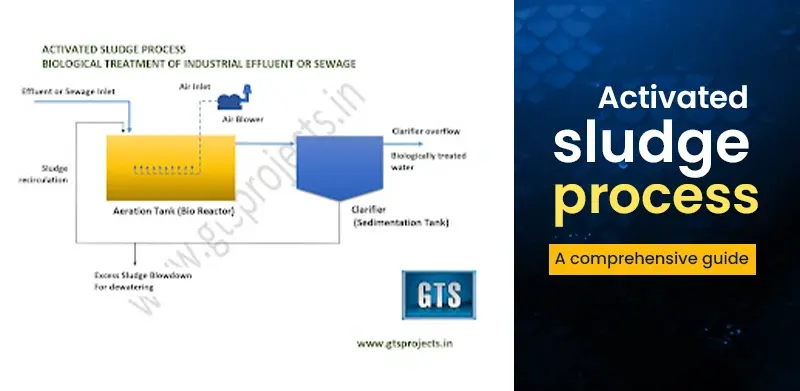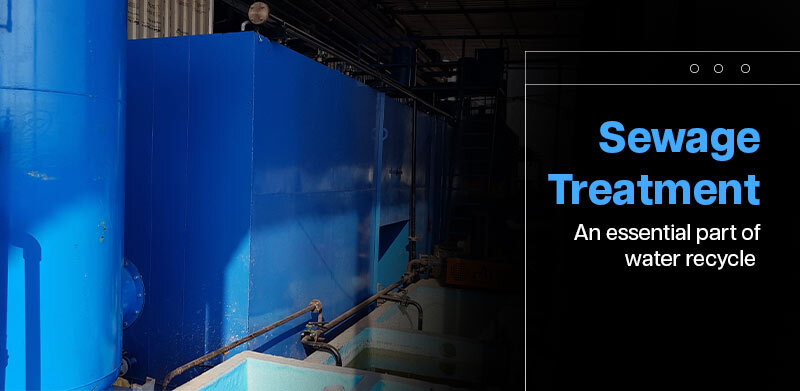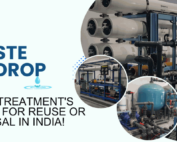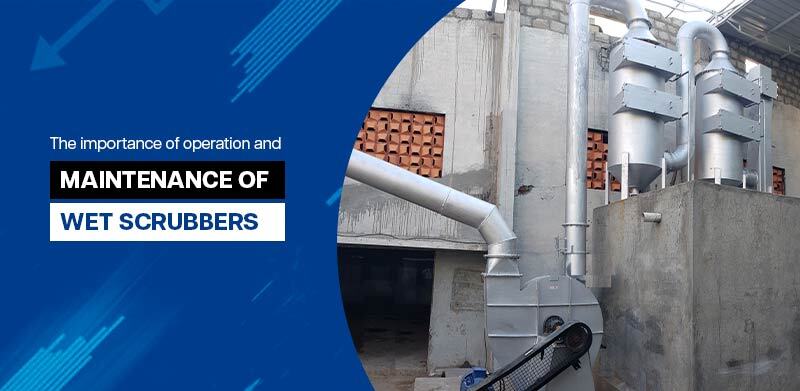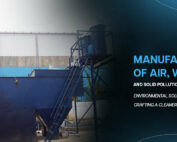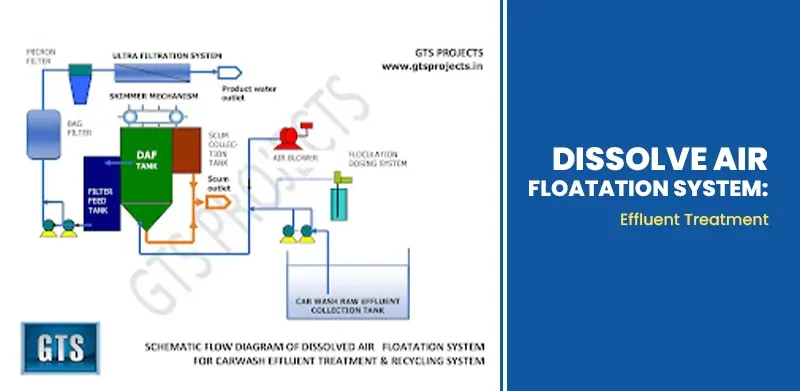Activated Sludge Process- A Biological Treatment of Industrial Effluent / Sewage
Activated sludge process is a Biological Treatment Process to treat the Industrial effluent or sewage to remove the organic matters (BOD, COD, TSS) present using Bacterial Micro-Organisms and Oxygen (for respiration) by means of biological decomposition/degradation.
Activated Sludge is the mixture of Bacterial Microorganisms and suspended solids. The bacterial culture is cultivated in the treatment process to decompose the organic matters into carbon dioxide, water, and other inorganic compounds.
The typical activated sludge process has following basic components:
1) A Bio Reactor Tank in contain bacterial microorganisms are kept in suspended condition in contact with effluent water (which have to be treated), aerated (for respiration)
2) Clarifier tank (sedimentation tank) for solid- liquid separation
3) Sludge recirculation system for returning activated sludge settled at conical bottom of clarifier and sent back to the inlet of aeration tank for continuous inoculation.
There are many variants of activated sludge processes, including variations in the aeration method and the way the sludge is returned to the process.
Activated sludge process is an efficient process for removal of BOD, COD, TSS and nutrients.
Parameters to be monitored for successful daily operation.
SVI (Sludge Volume Index),
MCRT (Mean Cell Residence Time),
F/M (Food to Microorganism) ratio,
MLSS (Mixed Liquor Suspended Solids)
MLVSS (Mixed Liquor Volatile Suspended Solids)
DO (Dissolved oxygen), nitrogen, phosphate,
TSS (Total Suspended solids), BOD (Biochemical oxygen demand), and COD (Chemical oxygen demand).
RAS (Returning activated sludge flow rate back to aeration tank as continuous recirculation)
WAS (Wasting Excess activated sludge as given as blowdown/purging to sludge dewatering units in order to remove the decomposed/biodegraded solids)
Design Considerations of ASP
Volume of aeration tank, Cross section area of clarifier, quantity estimation of air (source of oxygen) to be passed in the aeration tank and required power consumption for the blowers/aerators, flowrate and discharge pressure/head of transfer pumps and sludge recirculation pumps, MLSS, MLVSS, SVI, MCRT and the characteristics/parameters (BOD, COD, TSS etc) of feed effluent and required reduction of treated/clarified overflow water and Post Disinfection and Filtration systems.

